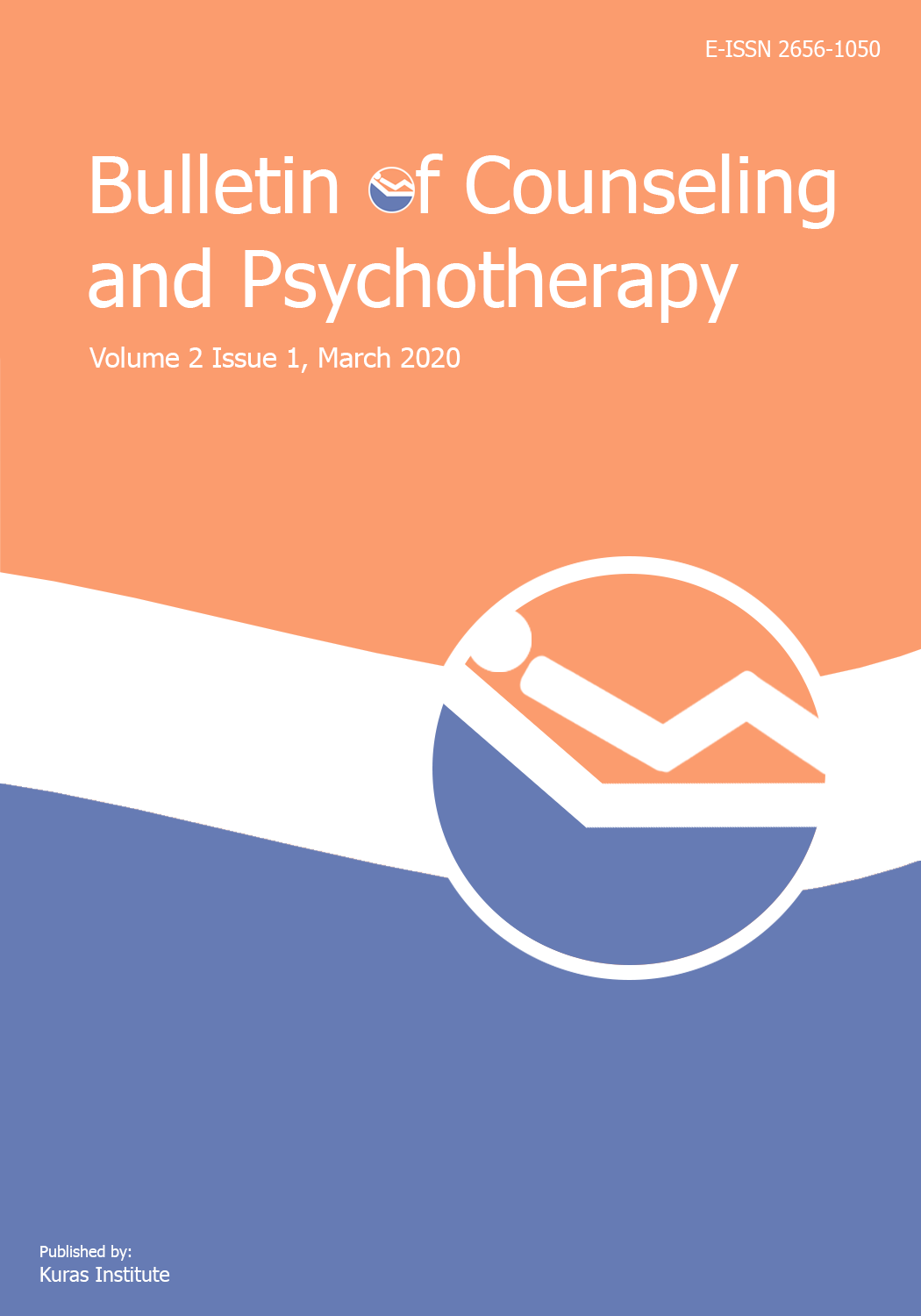Hubungan antara Harga Diri, Kontrol Diri, dan Konformitas Remaja terhadap Perilaku Seksual Pranikah
Abstract
In Metro City, especially in the northern metro sub-district, there are 5 high schools. Which consists of madrassas, private and public. Most of the students have already known the term dating (in a relationship with the opposite sex). Relationships established in adolescents, can trigger premarital sexual behavior. This study examines self-esteem, self-control, adolescent conformity and premarital sexual behavior. This research is interesting to discuss, because the results of this study are different from previous studies. Previous studies have a negative relationship between variables. But the results of this study indicate that the higher self-esteem, the higher the premarital sexual behavior. While the higher self-esteem of adolescents, the higher the self-control will be. When self-esteem and self-control go up, then adolescent conformity will also increase. The purpose of this study is to determine the relationships that arise between self-esteem, self-control, adolescent conformity and premarital sexual behavior. Which involved high school students in all sub-districts of the metro north of the city of metro, to be sampled in this study. The benefit of this research is to be able to increase the awareness of adolescents and the public about the dangers of premarital sexual behavior when performed. This study uses quantitative research with a correlation and survey approach. The results of this study are that there is a positive and significant relationship. Both the relationship between self-esteem with premarital sexual behavior, self-control with premarital sexual behavior, adolescent conformity with premarital sexual behavior, relationship between self-esteem with self-control, self-control with adolescent conformity, and self-esteem with adolescent conformity.
Downloads
References
Afiatin, T. (2004). Pengaruh program kelompok “AJI” dalam peningkatan harga diri, asertivitas, dan pengetahuan mengenai Napza untuk prevensi penyalahgunaan Napza pada remaja. Jurnal Psikologi, 31(1), 28-54.
Arikunto, S. (2013). Prosedur Penelitian Suatu Pendekatan Praktik, Jakarta: Rineka Cipta.
Bungin, B. (2005). Metodologi penelitian kuantitatif. Jakarta: Kencana.
Indrayana, P. (2013). Hubungan Antara Kecerdasan Emosional Dan Konformitas Kelompok Teman Sebaya Dengan Konsep Diri RemajaHubungan Antara Kecerdasan Emosional Dan Konformitas Kelompok Teman Sebaya Dengan Konsep Diri Remaja. Persona: Jurnal Psikologi Indonesia, 2(3).
Rosalina, A. F. (2015). Perilaku Seksual Pada Remaja Ditinjau Dari Religiusitas Dan Pola Asuh Permisif Pada Sma “X” Rowosari Kendal (Doctoral dissertation, Fakultas Psikologi UNISSULA).
Rosidah, A. (2012). Religiusitas, Harga Diri Dan Perilaku Seksual Pranikah Remaja. Jurnal Psikologi Tabularasa, 7(2).
Suwarni, L., Ismail, D., Prabandari, Y. S., & Adiyanti, M. G. (2015). Perceived parental monitoring on adolescence premarital sexual behavior in Pontianak City, Indonesia. Int J Public Health Sci, 4(4), 211-219.
Taufik, A. (2013). Persepsi Remaja Terhadap Perilaku Seks Pranikah (Studi Kasus SMK Negeri 5 Samarinda). Ejournal sosiatri-sosiologi, 1(1), 31-44.
Wulaningsih, R., & Hartini, N. (2015). Hubungan antara persepsi pola asuh orangtua dan kontrol diri remaja terhadap perilaku merokok di pondok pesantren. Jurnal Psikologi Klinis dan Kesehatan Mental, 4(2), 119-126.
Copyright (c) 2020 Indah Daratista, Evi Kartika Chandra

This work is licensed under a Creative Commons Attribution 4.0 International License.
Authors who publish with this journal agree to the following terms:
1) Authors retain copyright and grant the journal the right to first publication, with the work simultaneously licensed under the Creative Commons Attribution that allows the sharing of articles published with the acknowledgement of authorship and the initial publication in this magazine.
2) The authors are authorized to make additional contracts separately for distribution of the version of the work published in this journal (for example, publication in an institutional repository or as a chapter of the book), as long as there is recognition of authorship and initial publication in this journal.
3) Authors are authorized and encouraged to publish and distribute their work online (for example, in institutional repositories or on their personal pages) at any time before or during the editorial process, as it increases the impact and reference of the published work.







